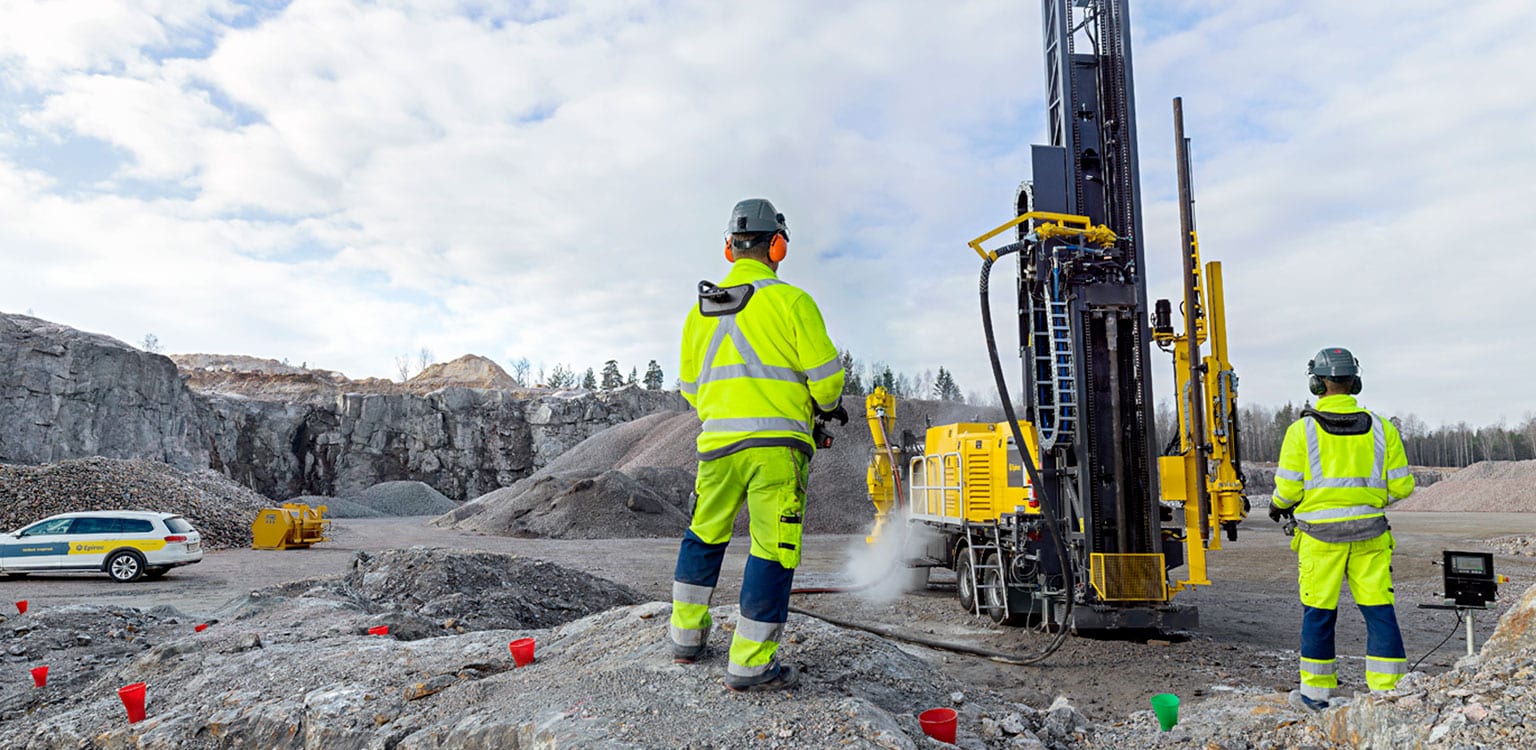Exploration drilling is a pivotal process in the quest for natural resources like minerals. It involves the use of specialized techniques to extract core samples from the Earth’s crust for analysis. Among the primary methods employed are reverse circulation (RC) drilling and core drilling, each serving distinct purposes in the exploration operation.
Reverse circulation drilling is a widely utilized technique that involves a dual-walled drill pipe. The drill bit grinds through the rock formation, and the crushed material is forced up through the inner tube to the surface in a reverse flow. This process prevents contamination of the sample, maintaining its integrity for accurate analysis. RC drilling is efficient in quickly penetrating softer formations, providing valuable information on mineral composition and potential resource deposits. Its speed and ability to cover large areas make it a preferred choice for initial exploration phases.
On the other hand, core drilling, also known as diamond drilling, involves the use of a diamond-studded drill bit to extract cylindrical rock cores. These cores offer a detailed, pristine cross-section of the Earth’s layers, providing essential information about rock properties, structural geology, and mineralization. Core drilling excels in obtaining high-quality samples from hard rock formations, enabling precise analysis of mineral content, structure, and the presence of valuable resources.
Both methods have their advantages and applications. RC drilling offers rapid data collection over larger areas, suitable for preliminary exploration and resource estimation. Meanwhile, core drilling provides detailed information crucial for geological understanding, mine planning, and feasibility studies.
The choice between RC and core drilling depends on various factors such as the geological setting, target depth, required sample quality, and project budget. Often, a combination of these techniques is employed at different stages of exploration to maximize efficiency and accuracy in resource assessment.
In the dynamic field of exploration drilling, technological advancements continually improve these methods, enhancing efficiency, accuracy, and safety. As the demand for resources persists, the evolution of these techniques remains vital in unlocking the Earth’s potential while minimizing environmental impact.
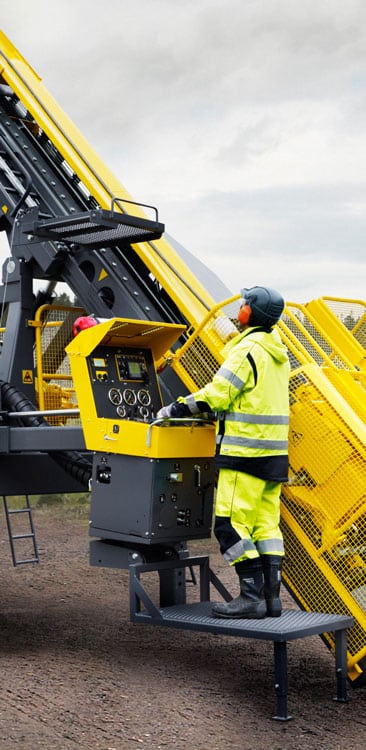
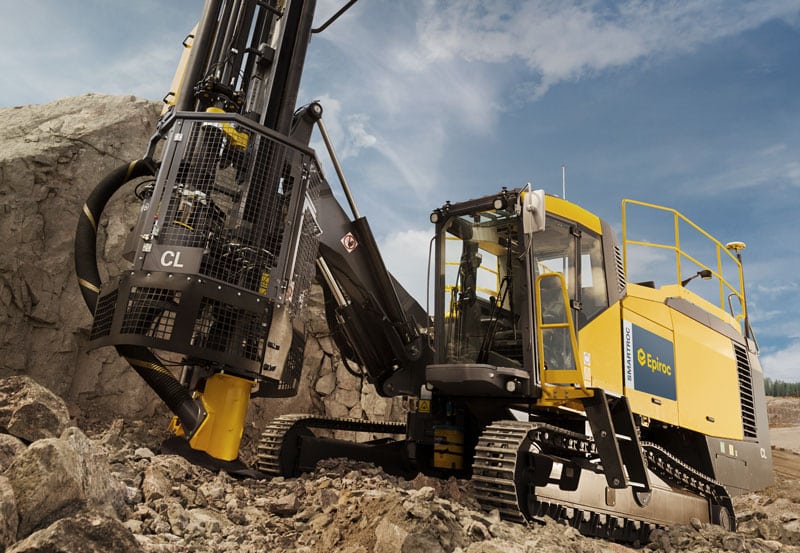
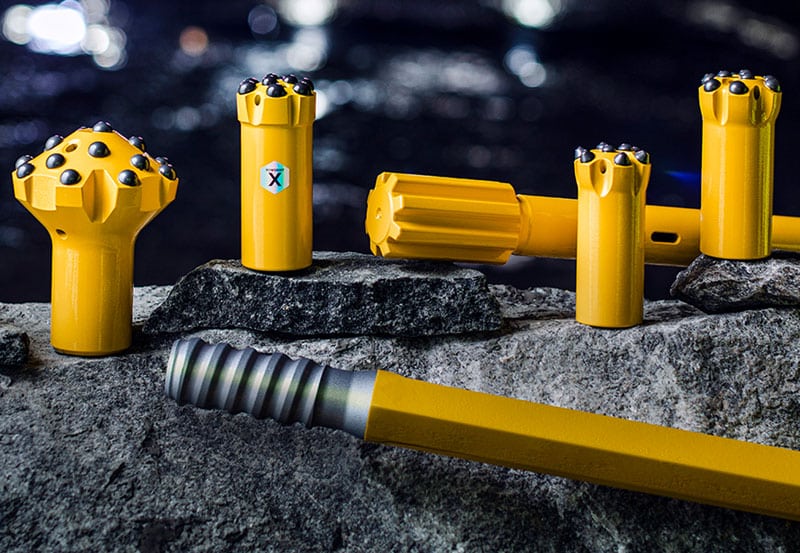
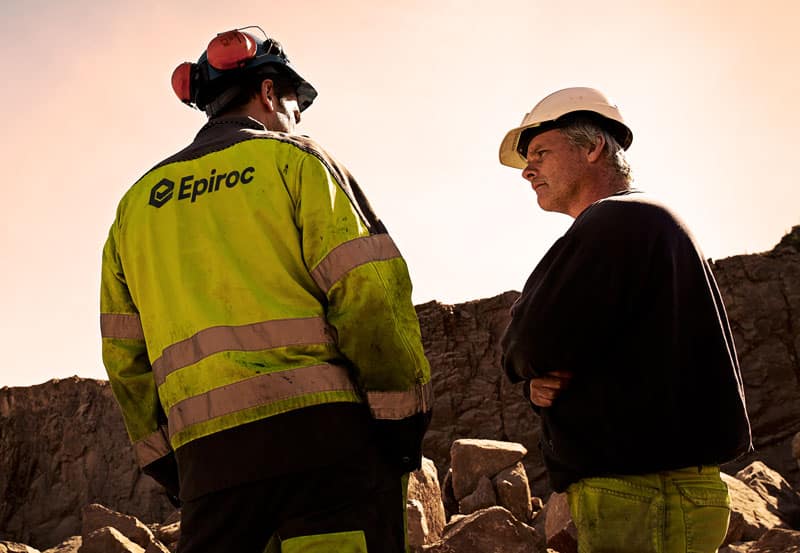
Contact Haladjian Drilling Solutions
Please contact us with any questions. Customer service: epiroc@haladjian.com

